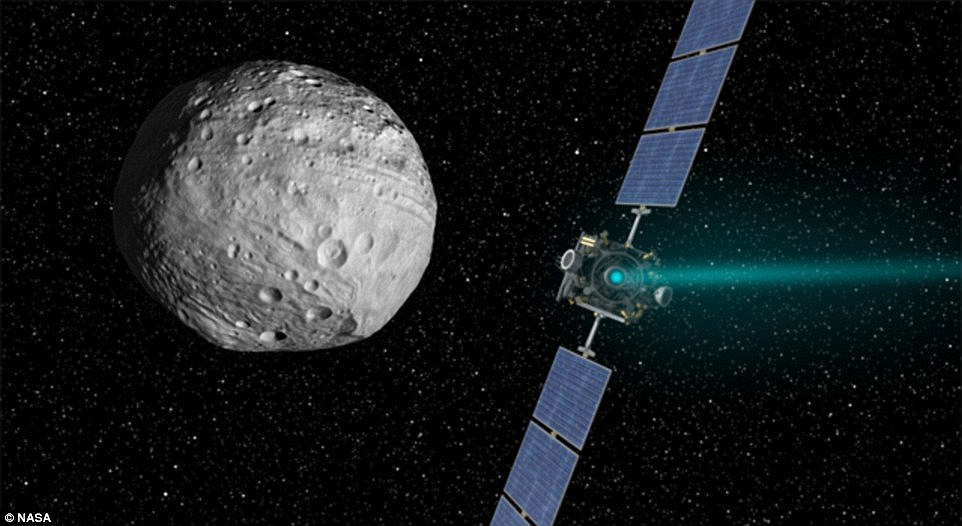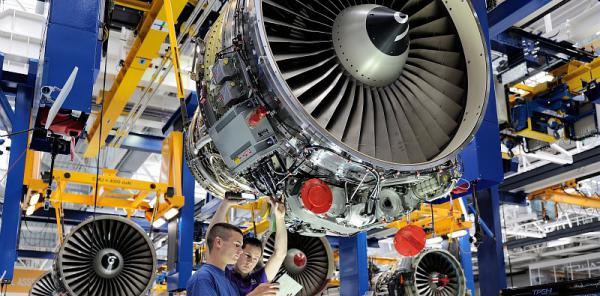Article inspired by professor Fabio Orecchini’s excellent blog.
Plasma propulsion, Sino-American challenge for the future zero emission aircraft.
Boston mit and Wuhan institute of technological sciences develop prototype innovative engines to fly without burning kerosene.
Plasma propulsion sets off the technological challenge between the United States and China. The Massachusetts Institute of Technology in Boston and the Institute of Technology Science in Wuhan have developed two very different prototypes of the zero emission engine for future aircraft. Commonly defined as the fourth state of matter, the plasma is the protagonist of many physical phenomena and constitutes more than 99% of the visible universe. The prototype developed by MIT has demonstrated the possibility of flying in atmospheric conditions with the creation of an ionic wind, obtained thanks to the generation of plasma thanks to a difference in electrical potential of 40,000 volts and without moving parts.
The first solid flight aircraft, as defined due to the absence of mechanical movements, weighs just under 2.27 kg and has a wingspan of five meters. The power of the on-board electrical system, powered by lithium polymer batteries, is 400 Watt. The flight of the prototype developed by MIT was 60 meters long and was repeated ten times.
Wuhan’s way
However, the challenge of achieving atmospheric plasma propulsion for aeronautics also involves researchers from Wuhan in China. The Wuhan ITS team aims for a completely different solution than that of MIT. The flight is supported by a jet propulsion system similar to that of current jets. The power obtained, according to the research team, is much higher than that demonstrated in Boston. The technology developed in Wuhan already demonstrates 28 N / kW of lifting force in the prototype, with a jet pressure of 24,000 N / m2. The system consists of a magnetron, that is to say an electromagnetic microwave generator, an air compressor, a power supply and a quartz tube where there is a plasma jet. By modulating the air flow and the generation power of the microwaves, the force and the pressure that can be obtained seem similar to that of a current turbojet for commercial aircraft.
For future applications, the MIT solution takes the drone route. In Wuhan, the challenge is to build a larger engine. The road to plasma propulsion and any type of non-polluting aircraft is officially open.
What is plasma
Plasma is a very common state of matter and constantly present in our daily life, because the solar activity is rich in it. Over 99% of the visible universe, made up of stars and interstellar spaces, is made up of plasma. Even a large layer of the Earth’s atmosphere, the ionosphere, is characterized by the presence of plasma. Plasma is the protagonist of many aspects of modern and contemporary physical research. A plasma is an ionized gas made up of an almost neutral mixture of free electrons, ions (atomic or molecular) and neutral species interacting with each other.
The fourth state of matter
Commonly defined as the fourth state of matter, the plasma is however not reached by the gases by a phase transition. The phase transition in the thermodynamic sense between the solid, liquid and gaseous state occurs in fact under precise conditions of pressure and temperature, while the formation of plasma from a gas occurs gradually with the increase of temperature.

Plasma propulsion at MIT
The MIT research group on electric propulsion applied to aeronautics is looking for alternative solutions to the current use of fossil fuels in planes around the world, extremely polluting and impacting from the point of view of climate change. The field of research relating to plasma propulsion has led to a historic result for aviation.
The plane without moving parts
The MIT project is extremely ambitious and opens an unexplored and, according to many, impossible chapter of flight in the atmosphere.

Solid state flight has shown that it can work in space with NASA’s Dawn probe, which has been used to reach Vesta and Ceres asteroids in the solar system for the past decade.
Ionic wind
However, the prototype developed by MIT goes to unexplored territory and brings to Earth, in the atmosphere, the possibility of flying only thanks to the creation of an ionic wind. The ionic wind is obtained through the generation of plasma with a large difference in electrical potential and without moving parts. The flow creates a real ionic wind, capable of carrying the air molecules with which it comes into contact during migration. The air molecules are pushed towards the wing profile and allow the achievement of a lift and the flight of the plane. Jet aircraft without fossil fuels
Wuhan has got a completely different solution than that of MIT in Boston
The team of Professor Jau Tang from ITS in Wuhan is aiming for a completely different solution than that of MIT in Boston. In this case an ionic wind is not created to sustain the flight but a real jet propulsion system is obtained, similar in flight physics to that of current turbo-jet aircraft. The jet, therefore, is the real key to Chinese technology. This is because the power obtained, according to the publication of the results signed by Jau Tang, Dan Ye and Jun Li in the scientific journal AIP Advances, is much higher than that of the American prototype.
Comparison of the MIT Boston vs Wuhan solution
According to Chinese calculations, the MIT solution guarantees a lift of 6 N / kW and allows to reach a pressure of 3 N / m2. While the technology developed in Wuhan already demonstrates a 10 Newton boost with 400 Watts of power in the prototype, using an air flow of 0.5 liters / second. This corresponds to a good 28 N / kW of lifting force, with a jet pressure of 24,000 N / m2.
With a greater air flow and greater microwave power, the force and pressure obtainable are comparable to those of a current turbojet for commercial airplanes.

How the Wuhan prototype works
The system consists of a magnetron, i.e. an electromagnetic wave generator similar in principle to that of microwave ovens, an air compressor, a power supply and a quartz tube inside which the jet is developed.


